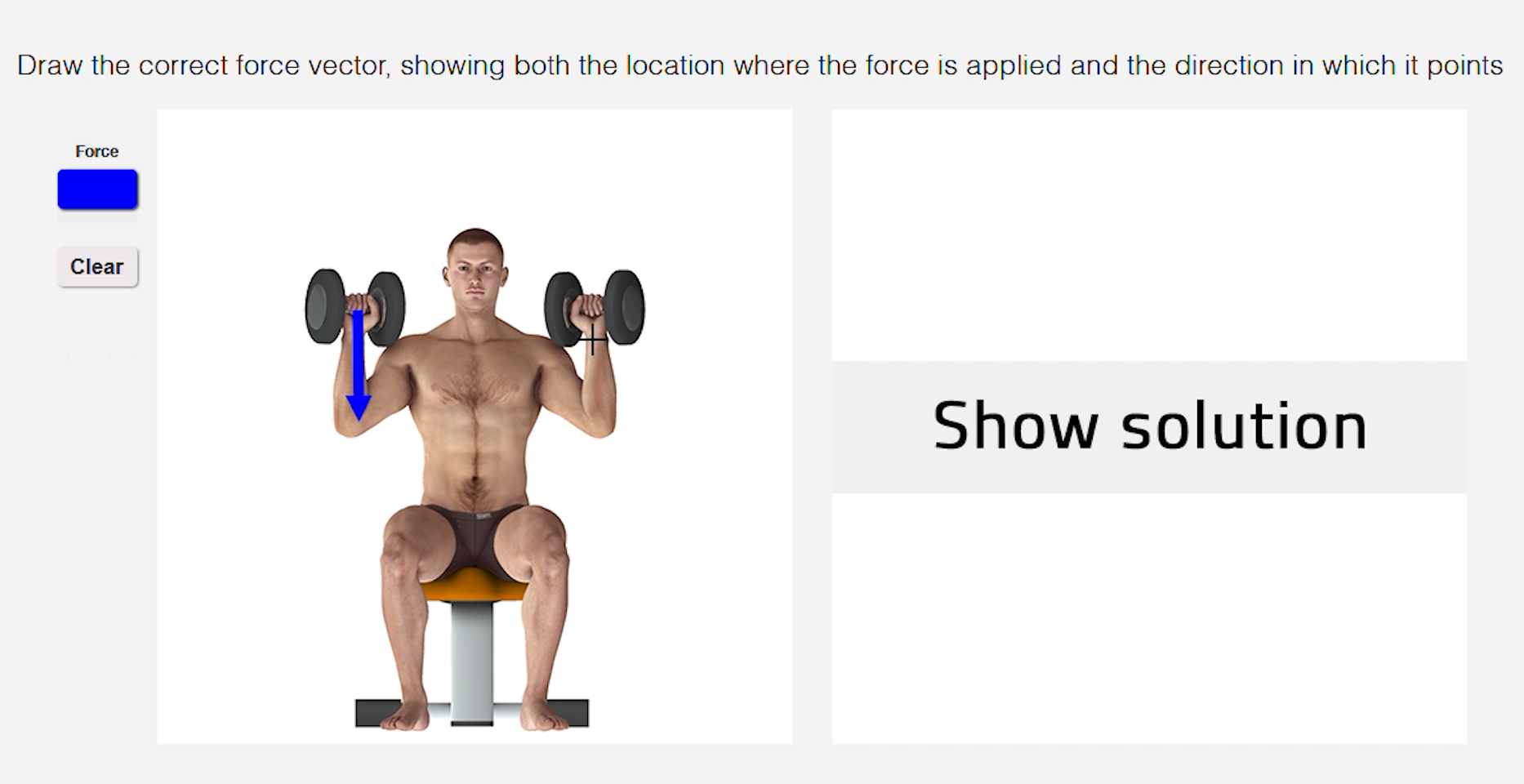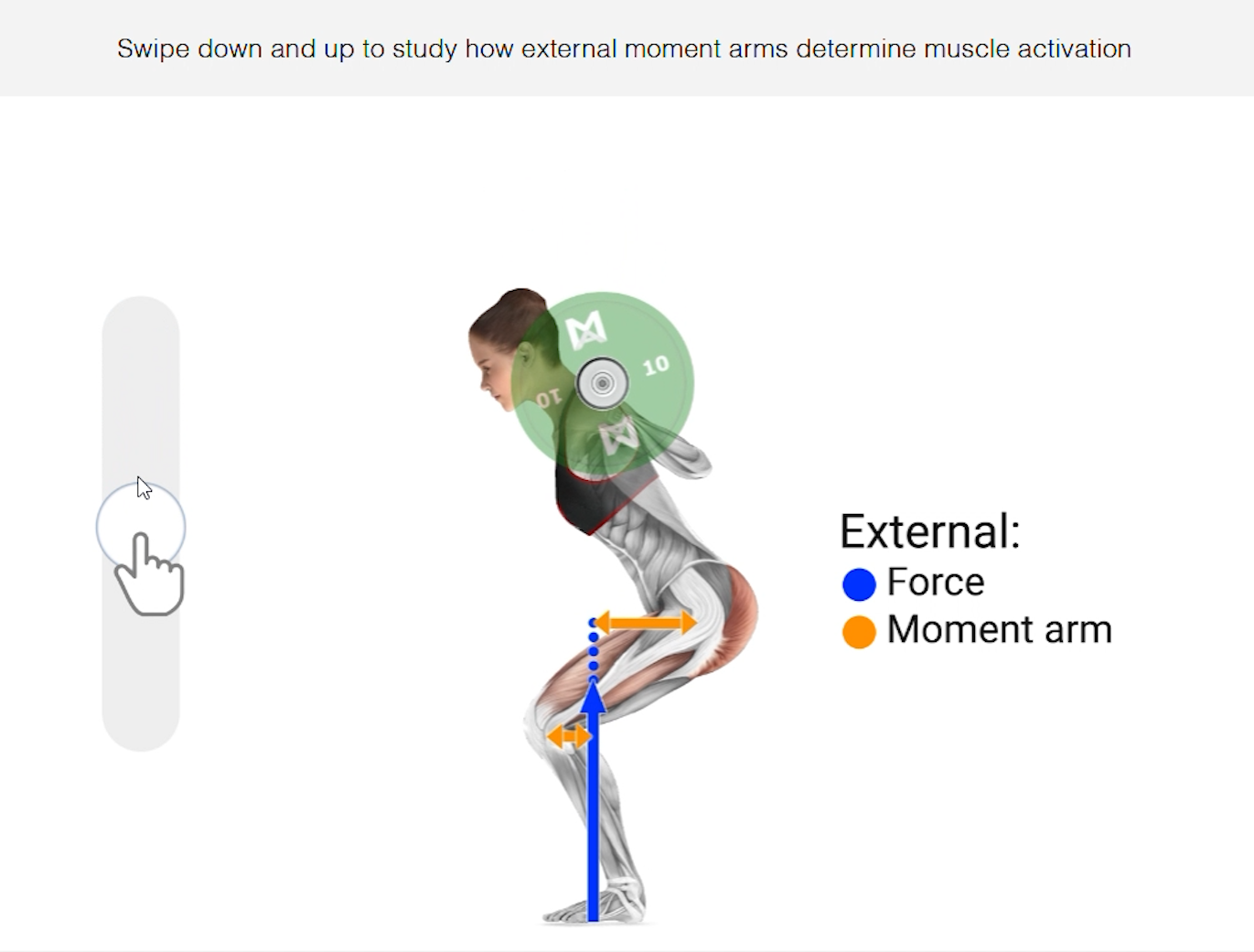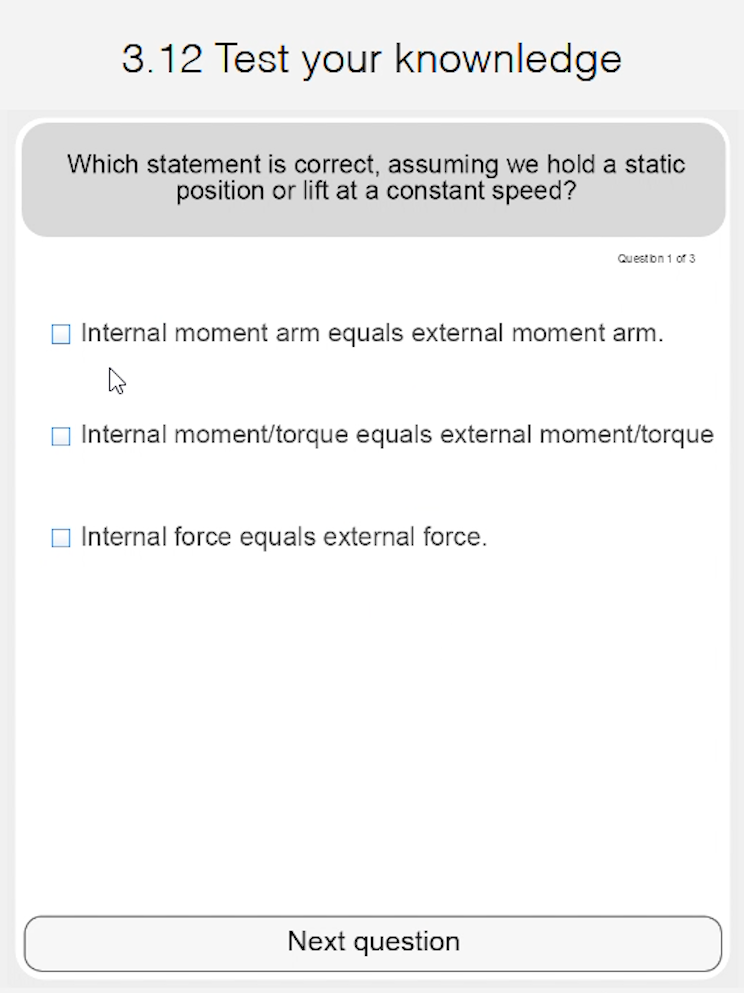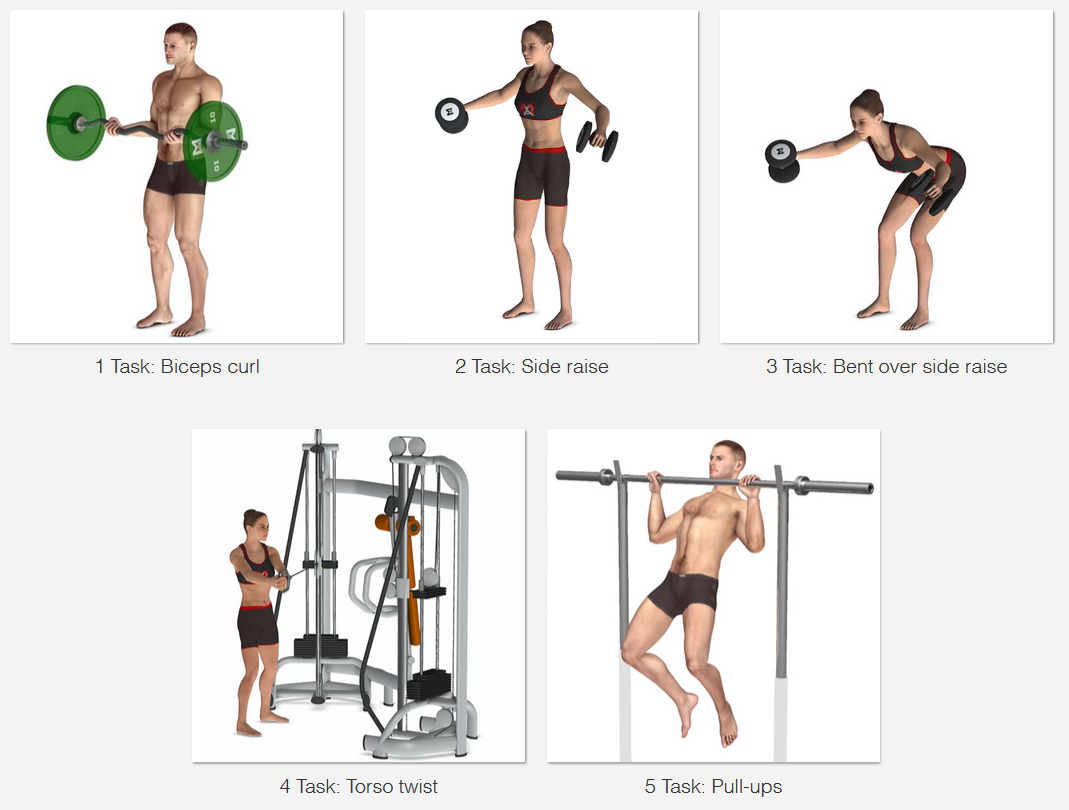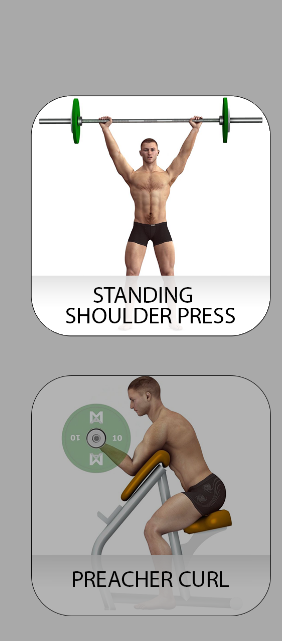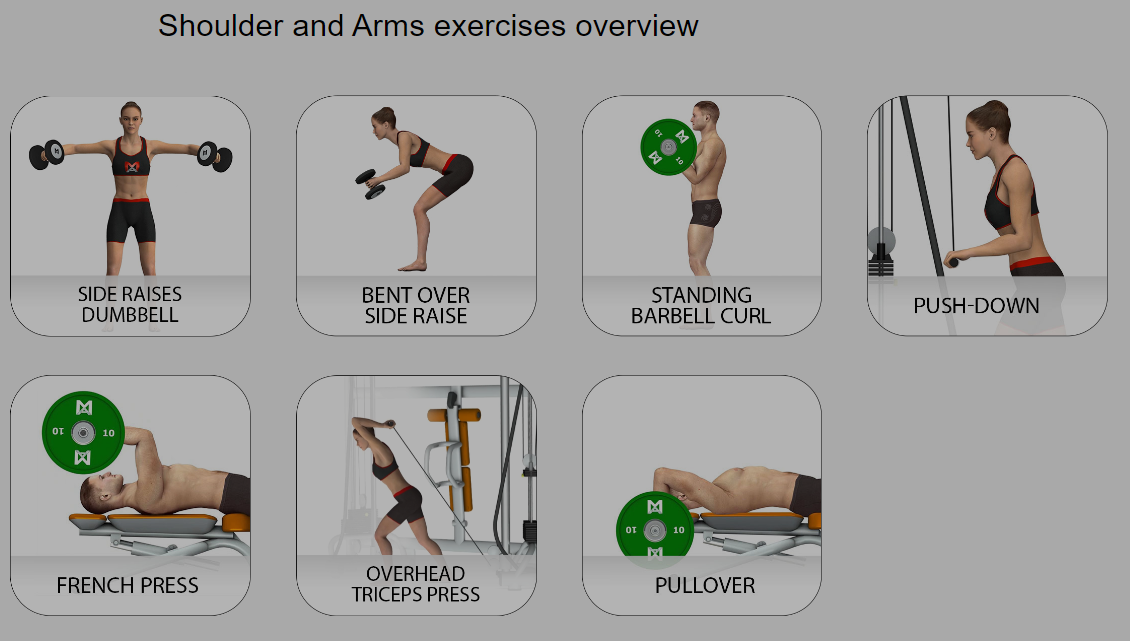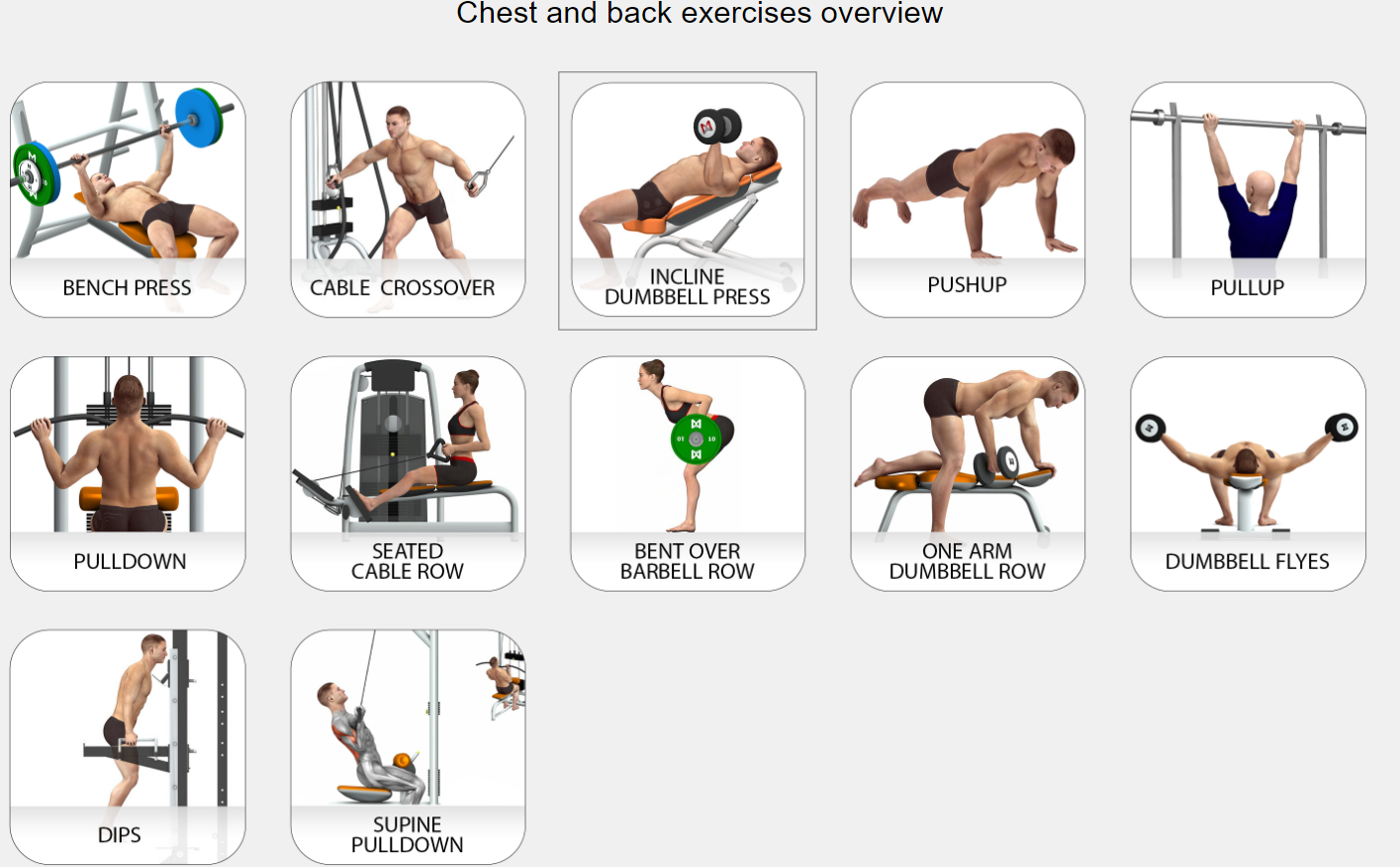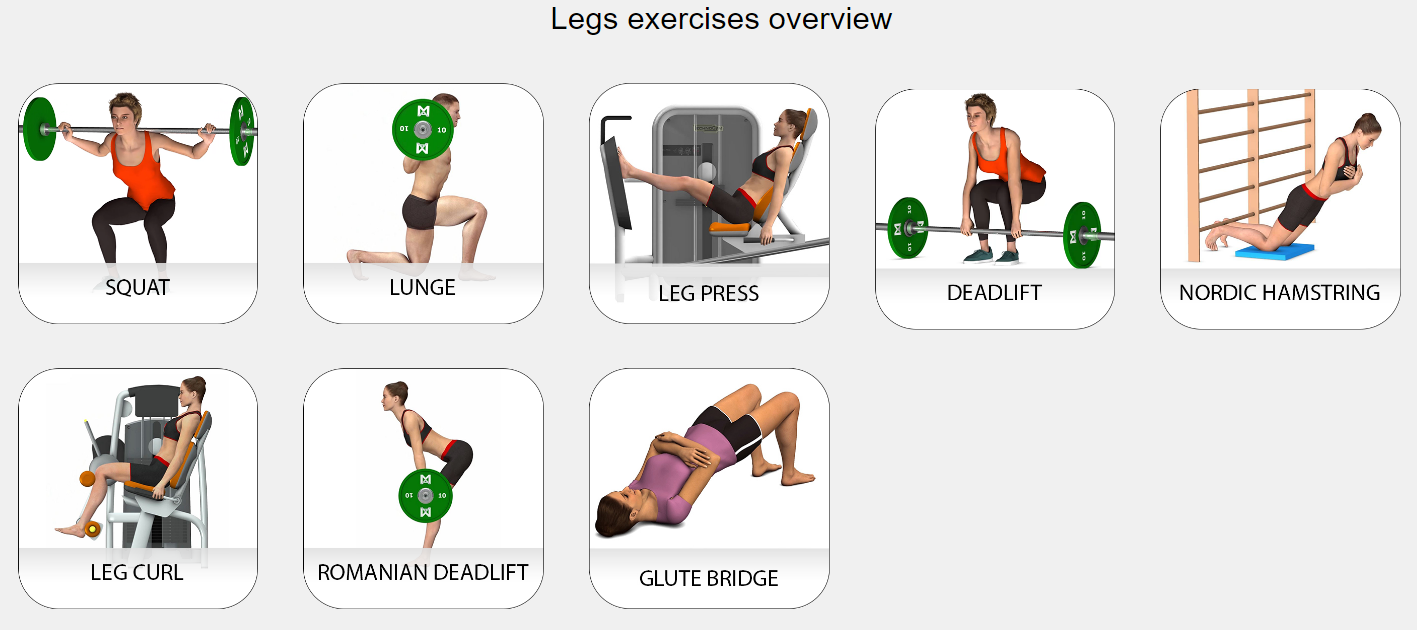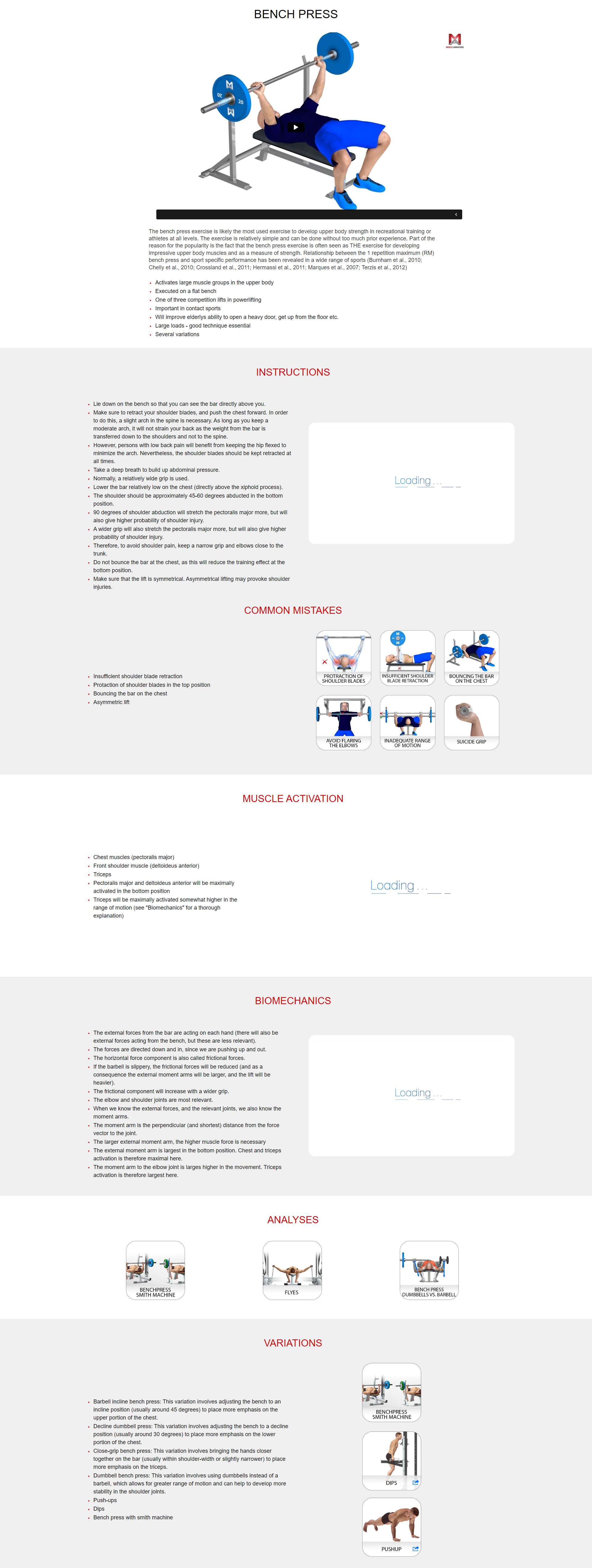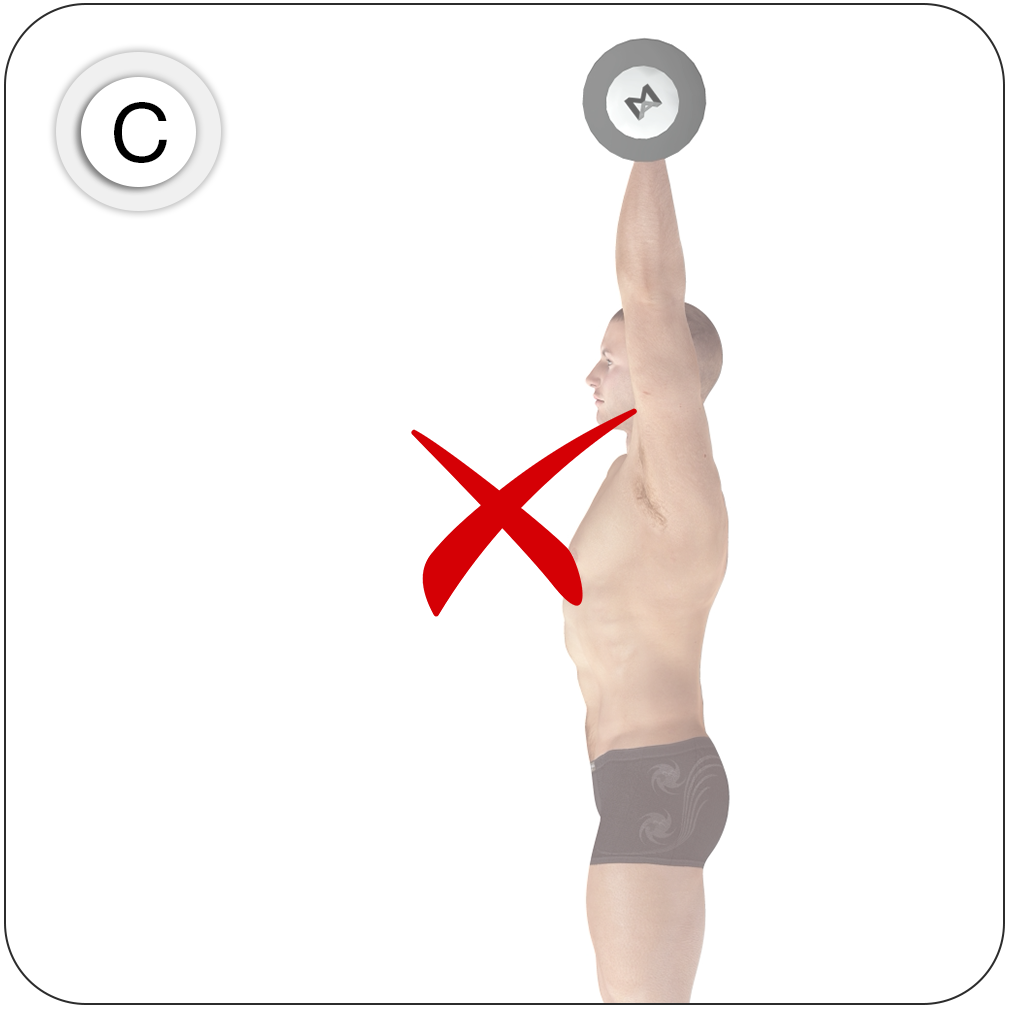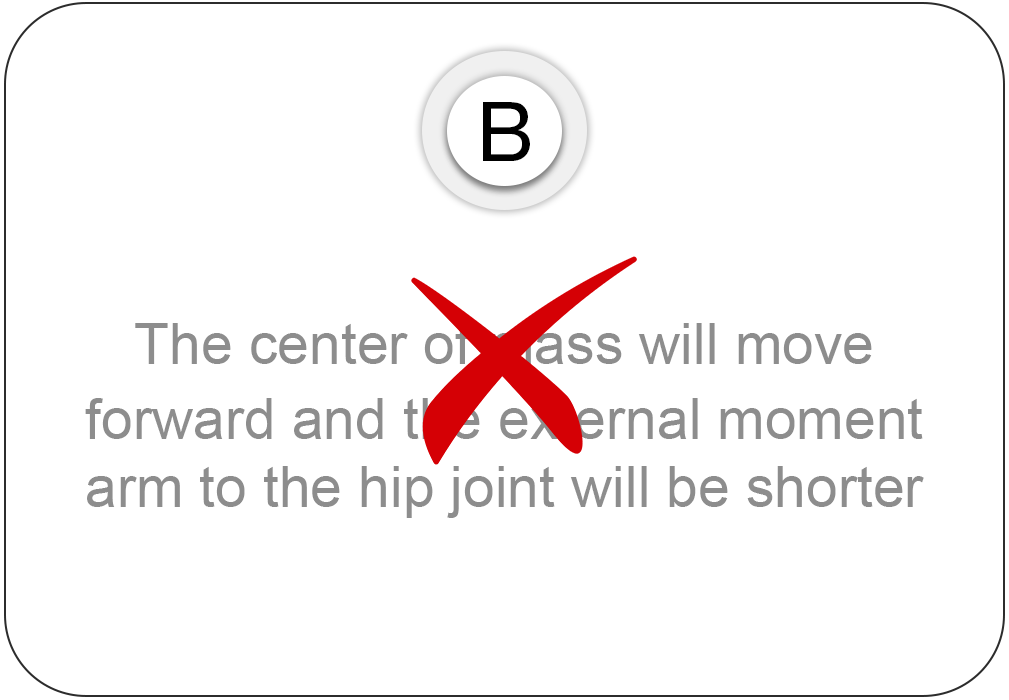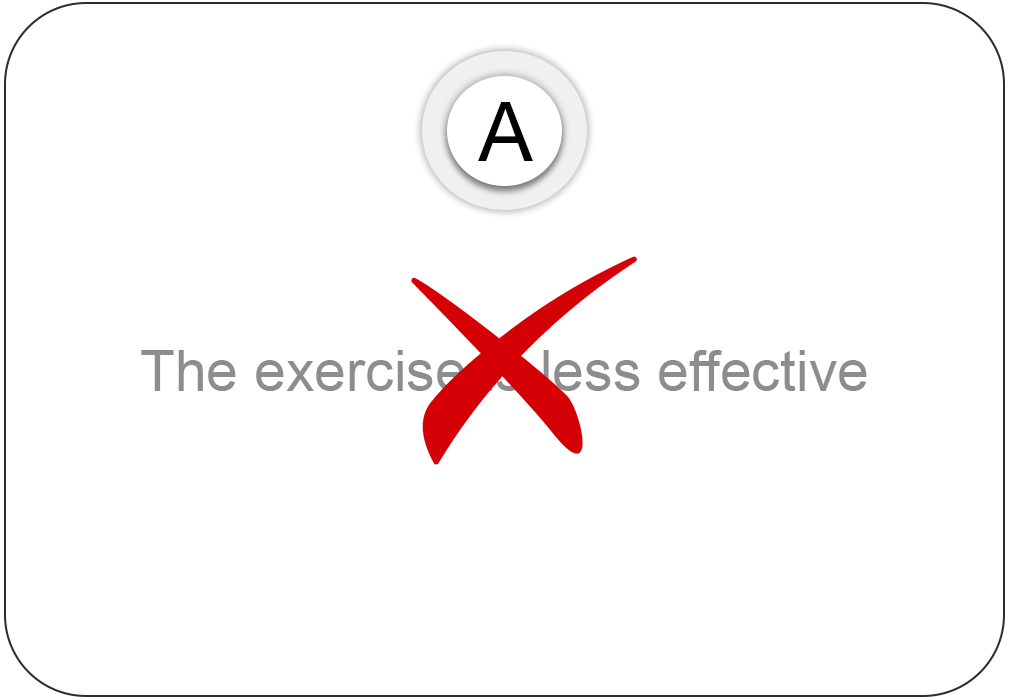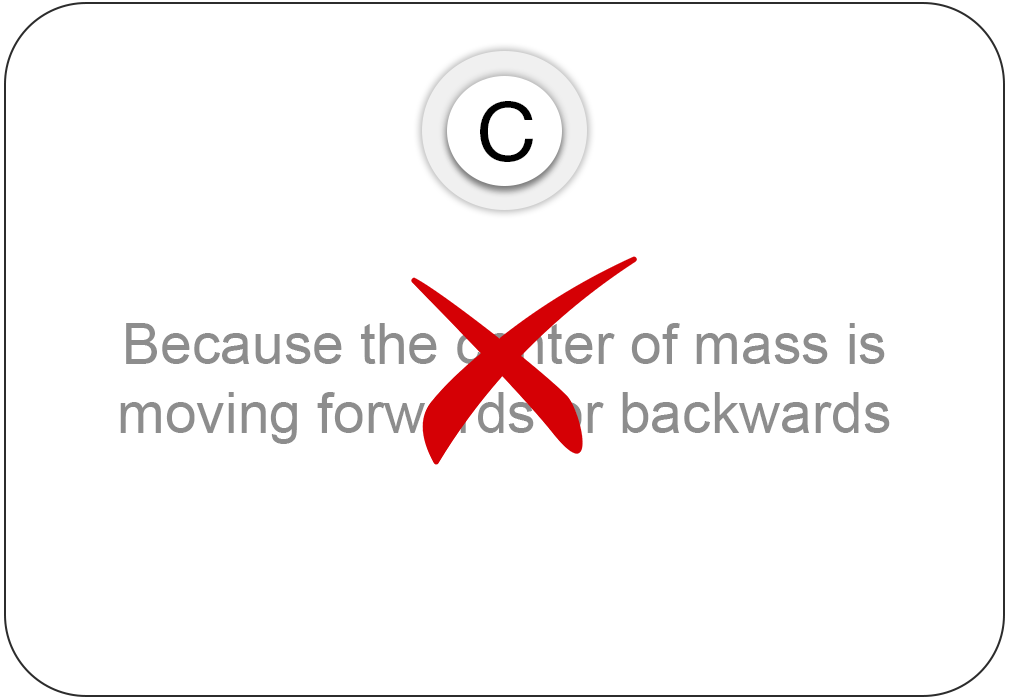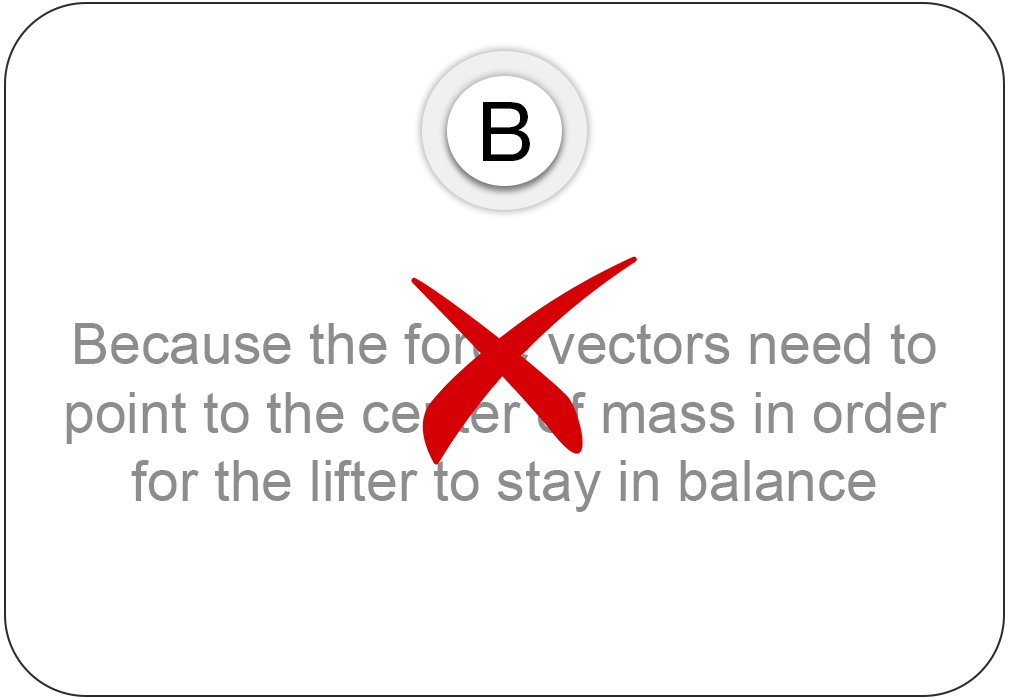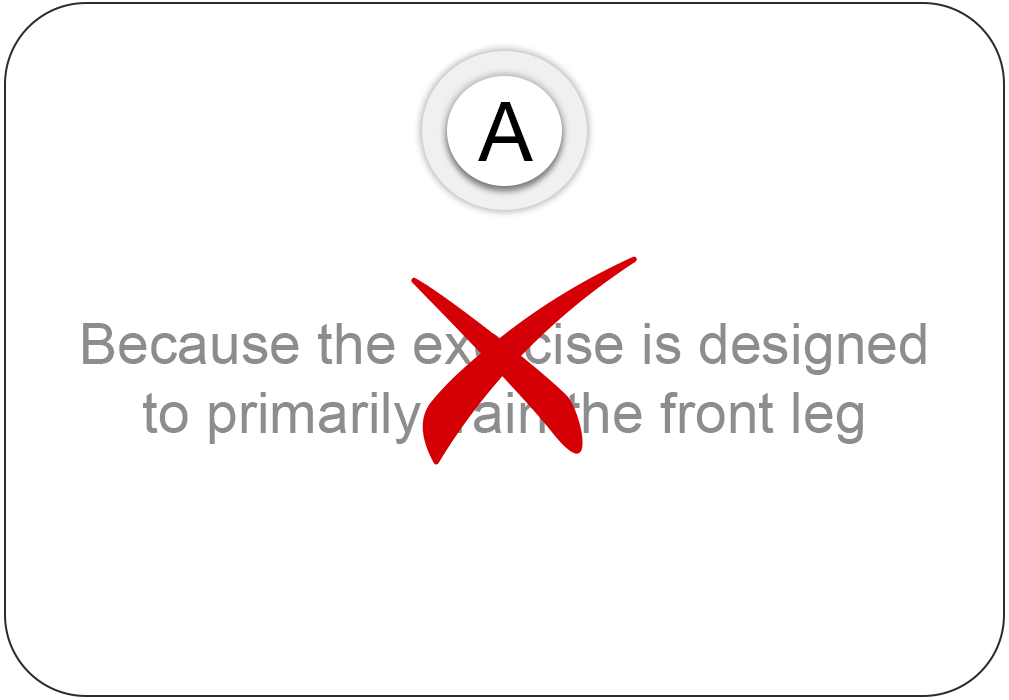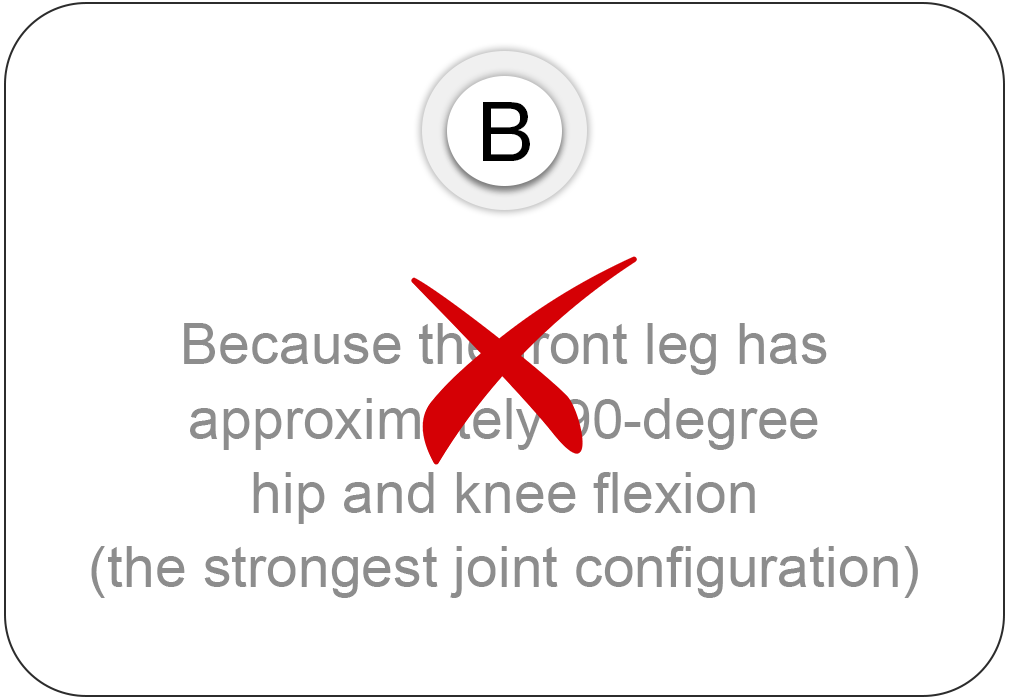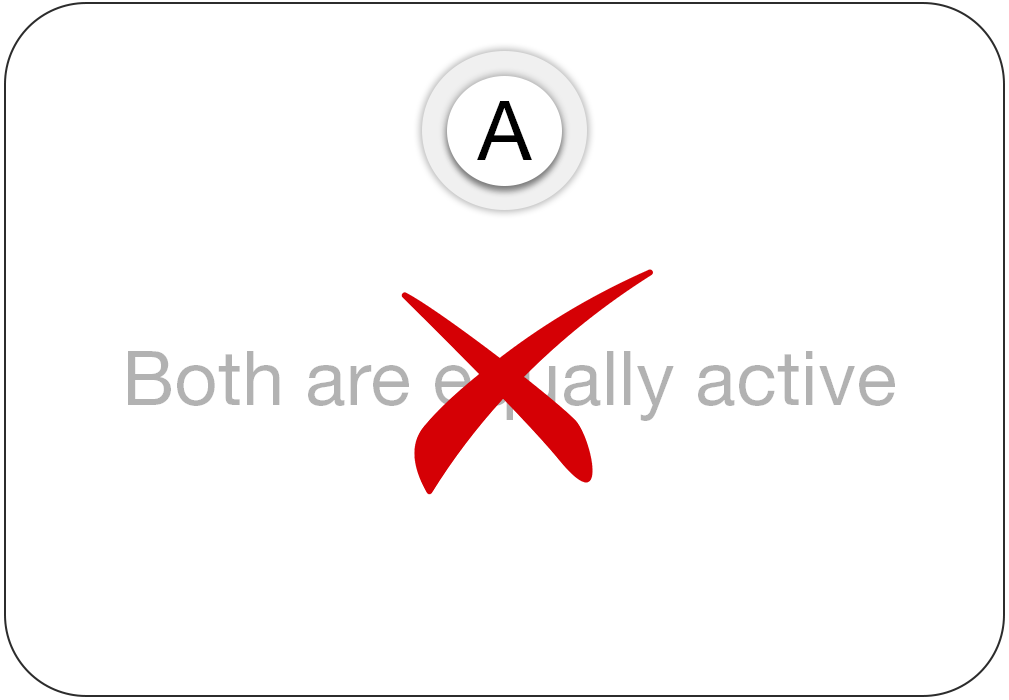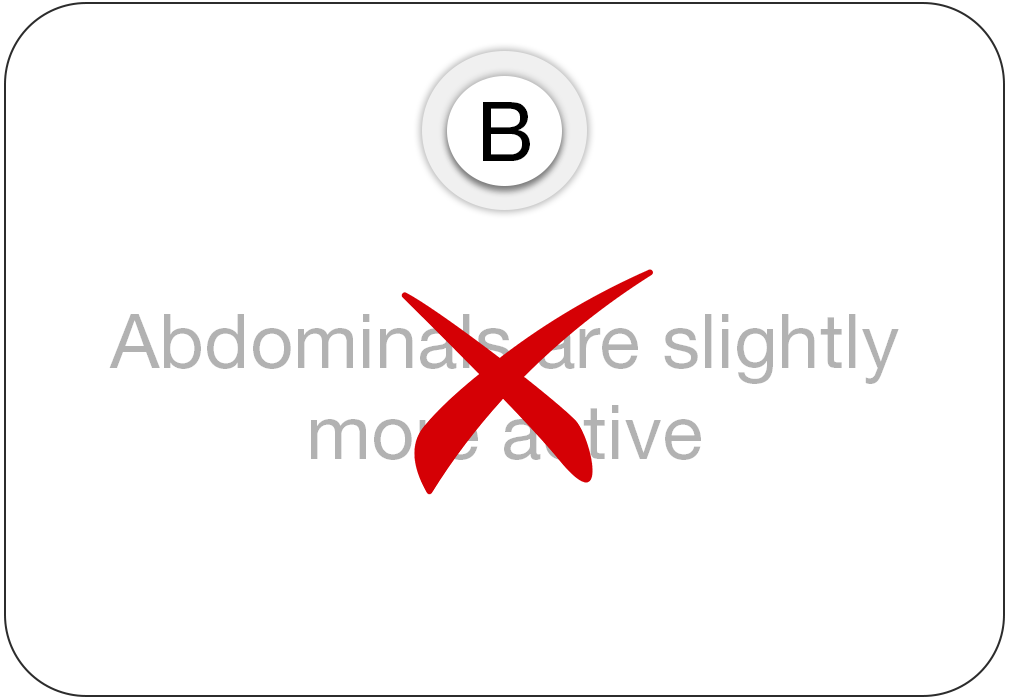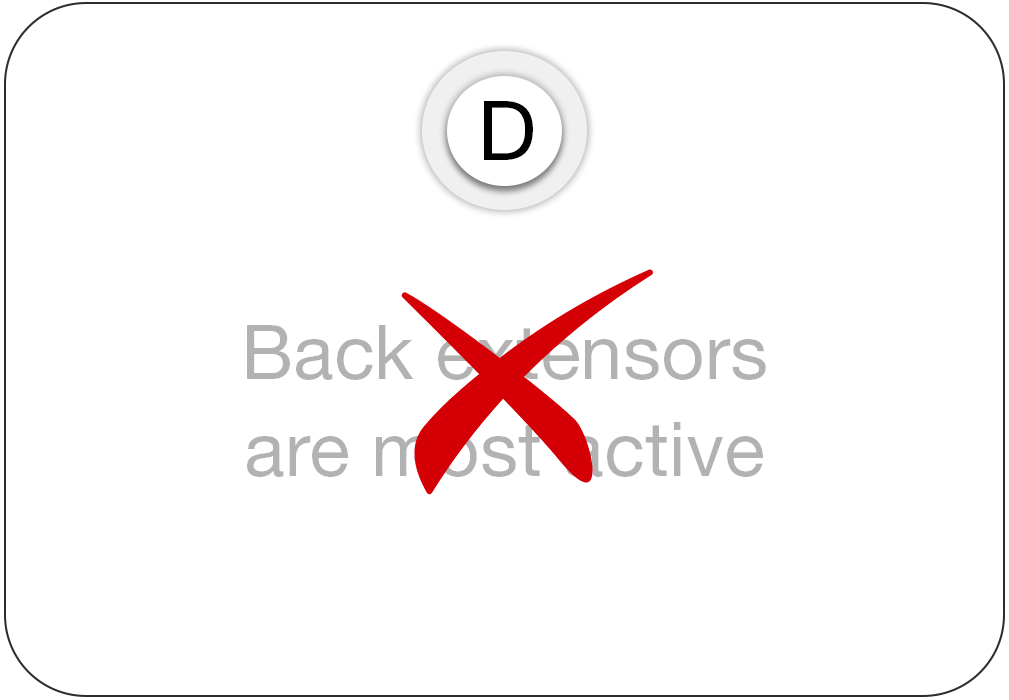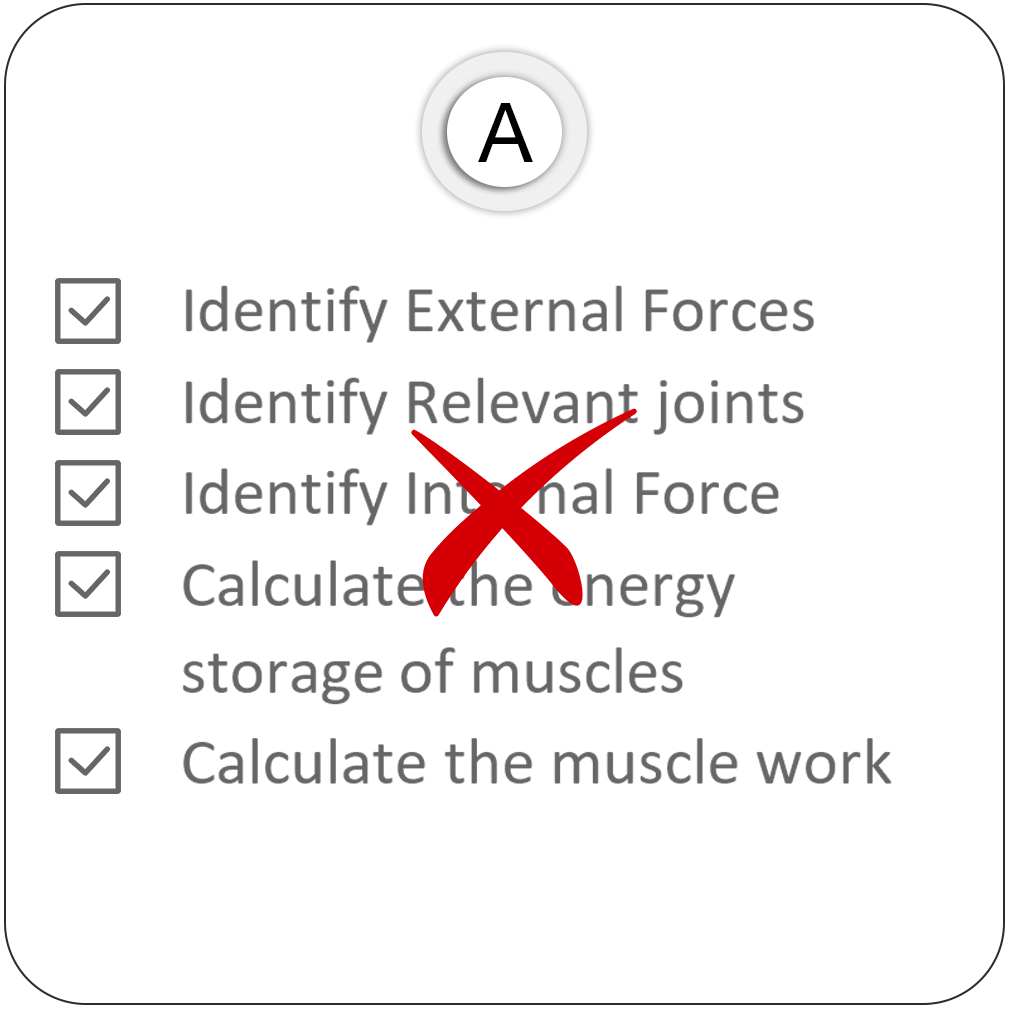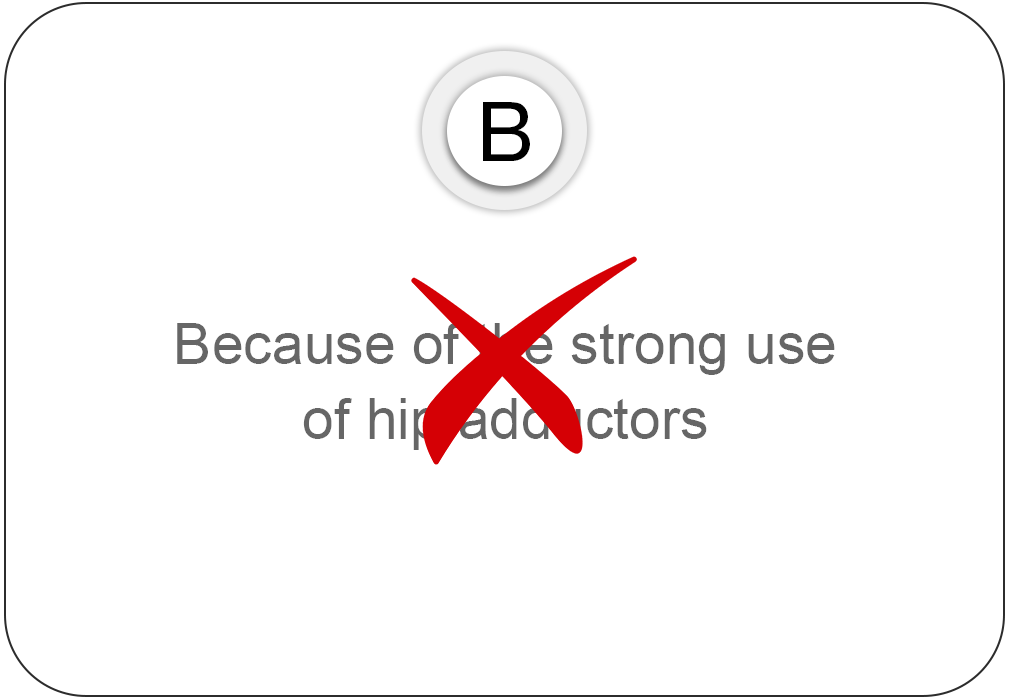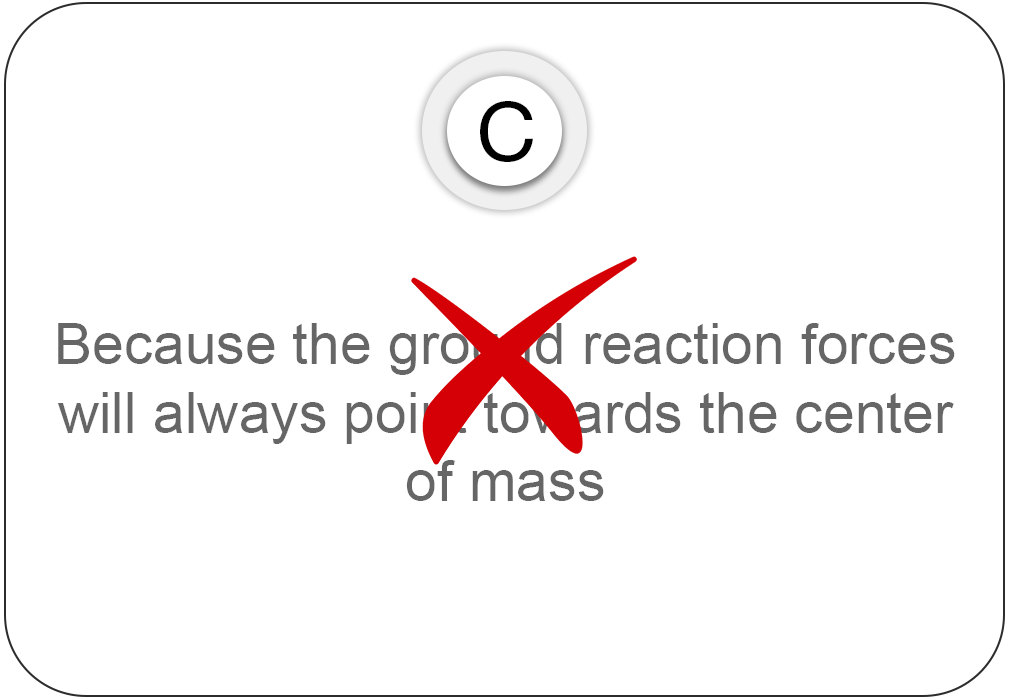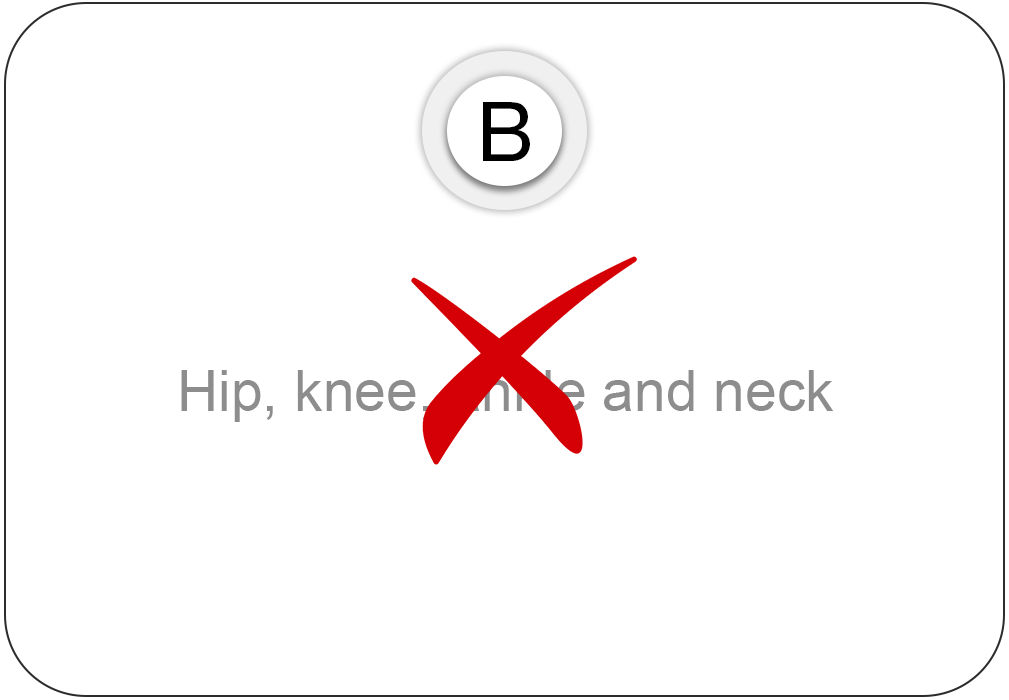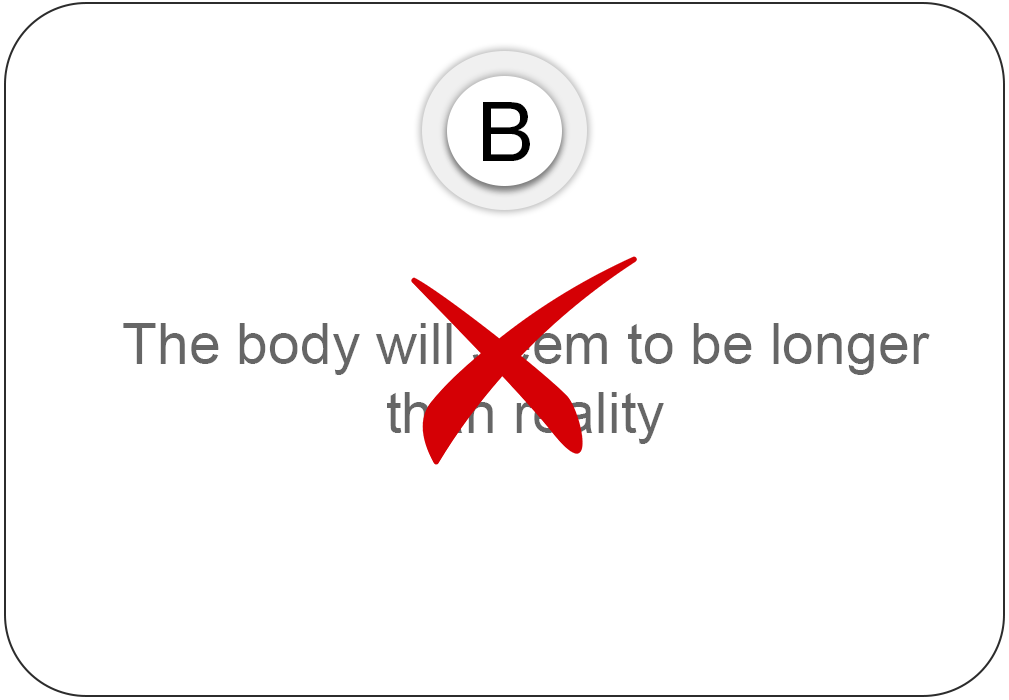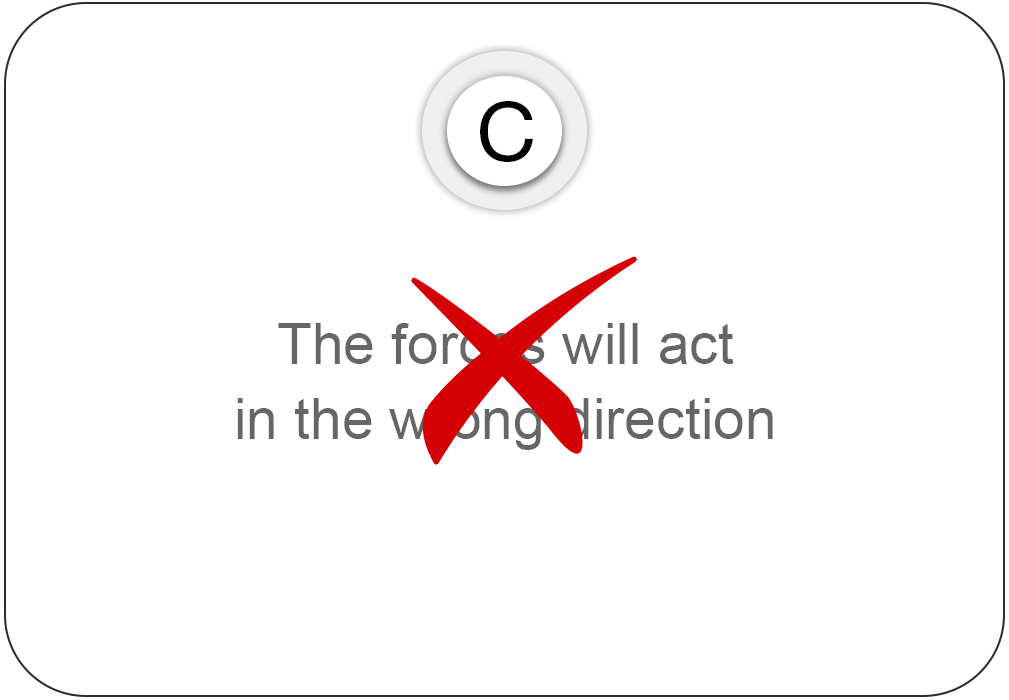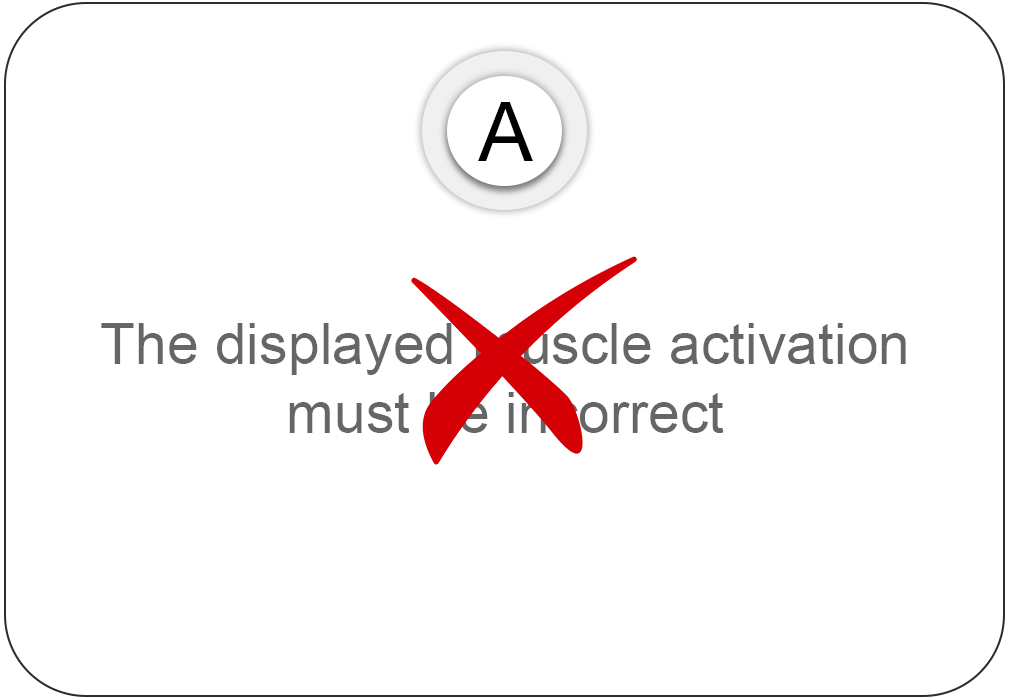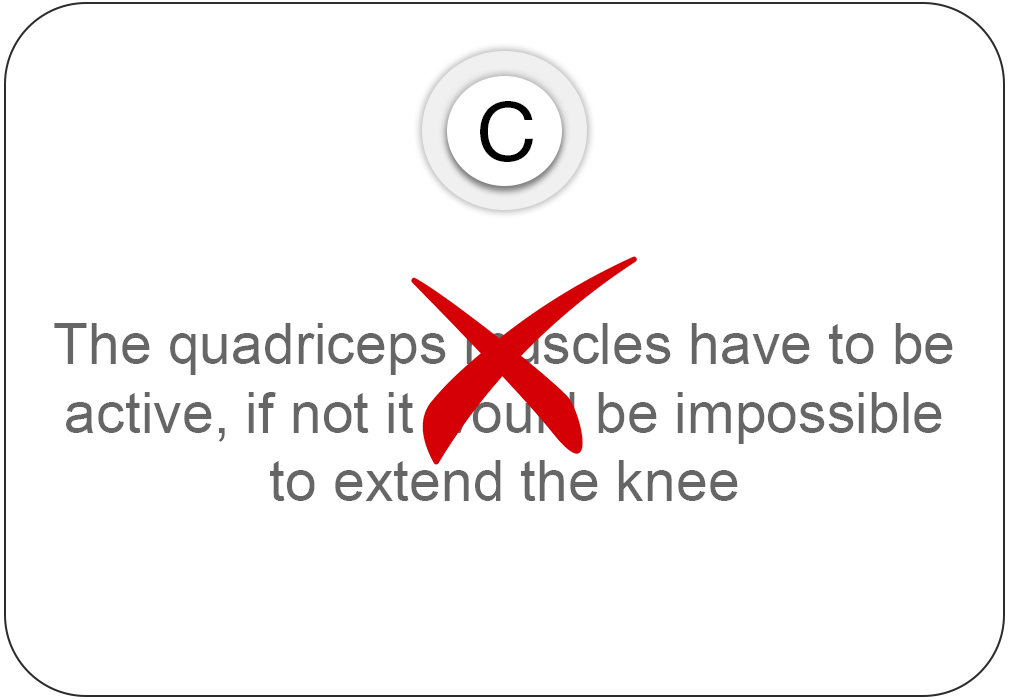RESEARCH
Research-Driven
Insights
From Elite Research to Real-World Application!
Muscle Animations, originating from the Norwegian
School of Sport Sciences and the Oslo Sports Trauma Research Center, two highly
respected and ranked institutions, combines published research data with our
own scientific measurements to create evidence-based animations. We employ
biomechanical measurement methods and programs enhanced over years to provide
insights into strength training exercises. Muscle activation during exercises
is heavily influenced by technical execution. Thus, animating movements with
correct technique is crucial. For complex exercises, we utilize marker-based 3D
analysis to model segment movements with high accuracy.
Write your awesome label here.
Write your awesome label here.
Advanced
3D Motion Capture Techniques
Our high-speed system utilizes 16 infrared cameras to
track 30–50 markers, varying by exercise, which allows us to precisely
calculate and animate the movement of individual body segments using custom
made software. For a detailed explanation of the 3D analysis process, please
watch the accompanying video.
FORCES AND MOMENTS ARMS ARE THE KEY
To understand how different strength exercises load
the musculoskeletal system, a basic mechanical analysis of external forces
acting on the body is essential. These forces create moments (torques) around
the joints, which must be counteracted by internal joint moments, primarily
generated by muscle activity.
By analyzing external forces and their moment arms,
we gain valuable insight into how muscles are used to stabilize and move each
joint during an exercise.
Write your awesome label here.
Write your awesome label here.
External forces can be measured using a variety of
tools. In a biomechanical lab, for instance, force platforms embedded in the
floor are used to capture ground reaction forces with high precision. When
combined with 3D motion analysis, this data allows for accurate calculation of
net joint moments, or even muscle forces, using Musculo-Skeletal mathematical
modelling and simulation.




